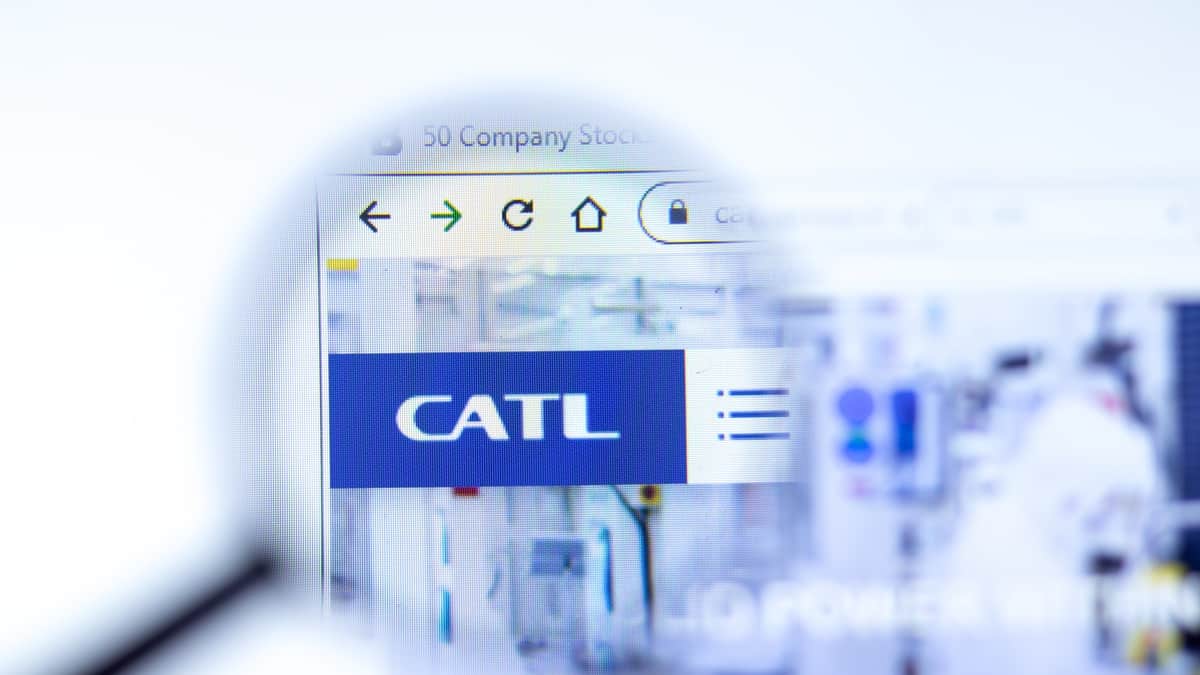Chinese power battery giant CATL once again dominated the global electric vehicle battery market in the first four months of the month, SNE Research’s latest data shows.
Global EV battery consumption hit 182.5 GWh from January to April 2023, indicating an astounding year-on-year increase of 49% from just 122.5 GWh in 2022.
Top EV battery makers in Jan-April
As mentioned, Chinese Tesla battery supplier CATL continues to lead the global rankings with a 35.9% market share. Remarkably, that result also signifies the company’s advantage, being the only one with over 30% market share as of now.
It is also worth noting that CATL’S 35%.9 market share in January to April represents a YoY growth from just 34.4% in the same period last year. In addition, it is also higher than its January-March record of 35% share.
For context, CATL’s battery products support many significant passenger electric models in its home market, including Tesla Model 3/Y, NIO ET5, GAC Aion Y, and SAIC Mulan, along with other commercial EVs, as noted by SNE Research.
Another Chinese battery maker BYD secured the top second spot with a 16.1% market share, up 11.5% YoY. Its power battery deployment hit 29.4 GWh from January to April, indicating a 108.3% growth from just 14.1 GWh in 2022. This improvement is not surprising, considering BYD’s establishment of a vertically integrated supply chain.
South Korean tech giant LGES followed these two Chinese companies with a stable 14.1 market share. It apparently deployed 25.7 GWh of power batteries, up 49.3% YoY.
Japanese Tesla supplier Panasonic ranked fourth with a market share of 8.2%. SK On followed it with a 5.2% market share.
Beyond the top five, China’s CALB secured the sixth spot with a 4.6% market share. Meanwhile, the top 10 were completed by Samsung SDI (4.1%), Gotion High-tech (2.4%), Eve Energy (1.8%), and Sunwoda (1.5%).
Below are the top 10 EV battery makers globally from January to April:
See Also:
SNE Research further noted that Chinese EV battery makers are expected to penetrate foreign markets such as the US and Europe this year as a gradual slowdown in growth rates in China’s domestic market is looming.
Interestingly, the European EV industry is apparently receiving attention as a potential strategic location for battery supply chain diversification because it faces somewhat fewer political challenges than the US.

